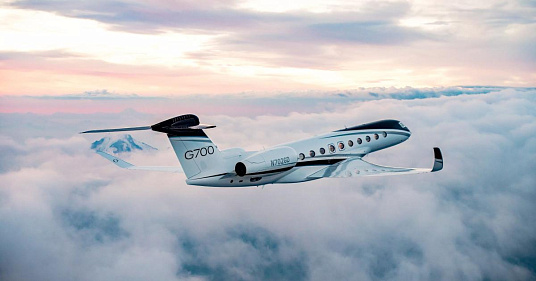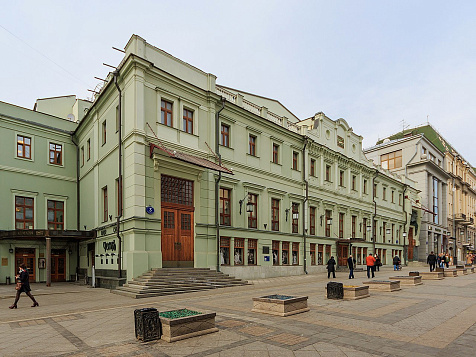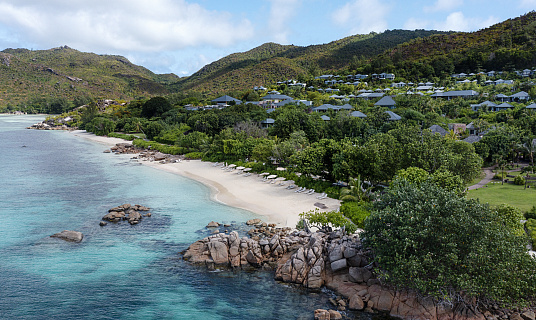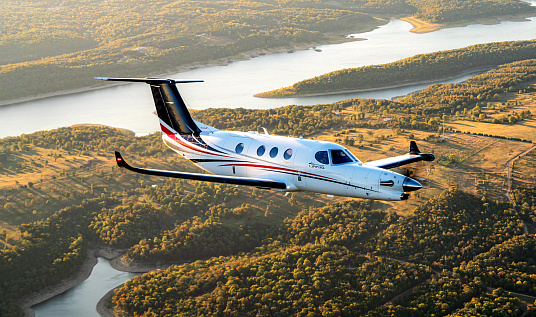11.11.2014
Новости
Government subsidies for regional aircraft acquisitions and the development of regional passenger operations have allowed Russian carriers to resume services not only across the European portion of the country but also in Siberia and the Far East, where demand for air transport is objectively greater due to the underdeveloped ground transport network. However, the legislative framework for subsidizing the air transport industry remains imperfect, implying additional problems for airlines and regional authorities alike.
One of the problems is that each region has its own regulations which govern the extension of subsidies to airlines. If a carrier works in different regions simultaneously, or operates flights between neighbouring regions, calculating the subsidies it is entitled to may prove a difficult task. The Irkutsk-based airline Angara is well aware of these difficulties. CEO Anatoly Yurtayev has told: “We receive around 176 million rubles [$4.15 million at the current exchange rate] a year from regional budgets. We operate fixed- and rotary-wing services in the Republic of Altay, in Transbaikal Territory, and in Irkutsk Region. Every region has its own approach to subsidies: some include VAT, others do not. In our opinion, the regional regulations have to be harmonized.”
An even greater problem is connected to the airlines? fleet renovation needs. Operators are unanimous that Russia has to come up with a domestic design to replace the ageing Antonov An-24s. Yurtayev says there are two sides to the fleet modernization problem in this capacity segment. First, there is the need for an aircraft capable to connecting regional centers with smaller regional towns (meaning a range up to 500 km). Yurtayev believes this market is gradually beginning to get saturated, now that carriers are buying Czech L-410s and Swiss Pilatus PC-6 TurboPorters. Polar Airlines already operates the latter type. However, the company’s CEO Alexander Tarasov notes that even though the government subsidizes the acquisition of aircraft, the corresponding resolution it does not address the problem of maintenance. This is a serious issue for Siberian and Far Eastern carriers, since the OEMs and MRO providers for foreign types are situated in Europe, quite a long way away from their regions of operation.
Yet another serious problem, Yurtayev says, is observed in the capacity segment currently served by the An-24. Two approaches are possible here. The first one is to build quality airfields, in which case the carriers will switch to other aircraft models within a year or two. “We realize, however, that airport infrastructure requires colossal investments. The existing airports cannot be overhauled overnight,” Yurtayev says. “This is why we urgently need to develop an all-new aircraft similar to the An-24, a low-maintenance airliner capable of operating from unpaved runways. Upgrades to the existing park are fine, but I as the head of an air carrier would like to see a new advanced airplane.”
At present, the only ready-off-the-shelf equivalent to the An-24 is the Chinese MA-60, a profoundly modernized version of the Soviet type, with new engines and new avionics. There are two problems though, Tarasov says. First, the MA-60 is essentially an An-24 and so cannot pass for a new airplane. Second, negotiating deliveries with Chinese manufacturers often proves a difficult task. This is why cooperation with China is unlikely to be chosen as the best solution.
The project to assemble Canadian Q400 turboprops in Russia has been suspended, reportedly due to differences between Bombardier and Russia’s Rostec Corporation on key aspects of cooperation and also because of the complicated political and economic situation. But even if the program did get under way, this type would be unable to replace the An-24. The Q400 carries more passengers (around 70); such capacity is often superfluous on Russian regional routes. Besides, the Canadian aircraft cannot land at all Russian regional airfields.
Читайте также









